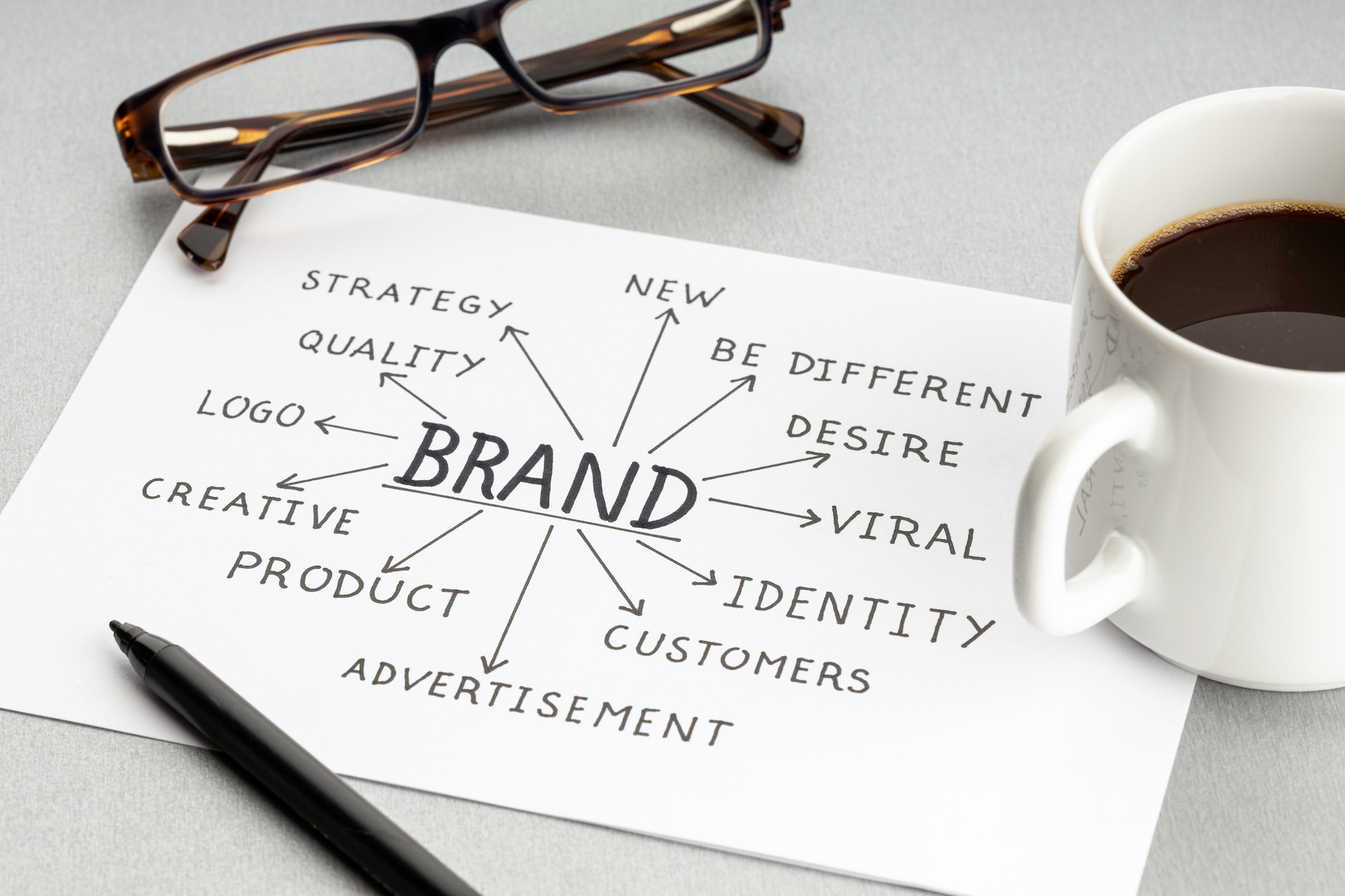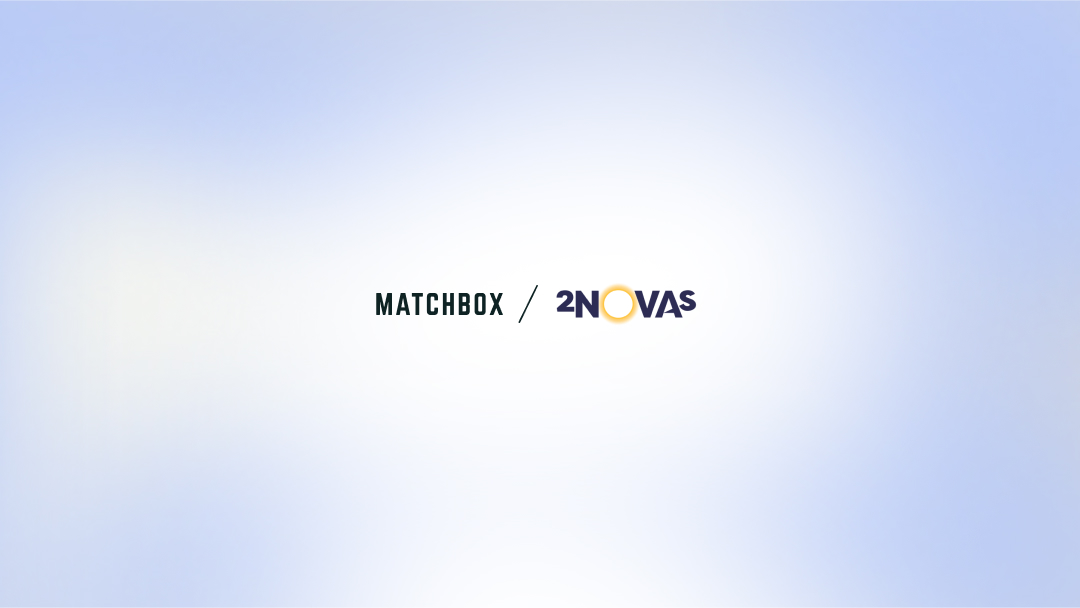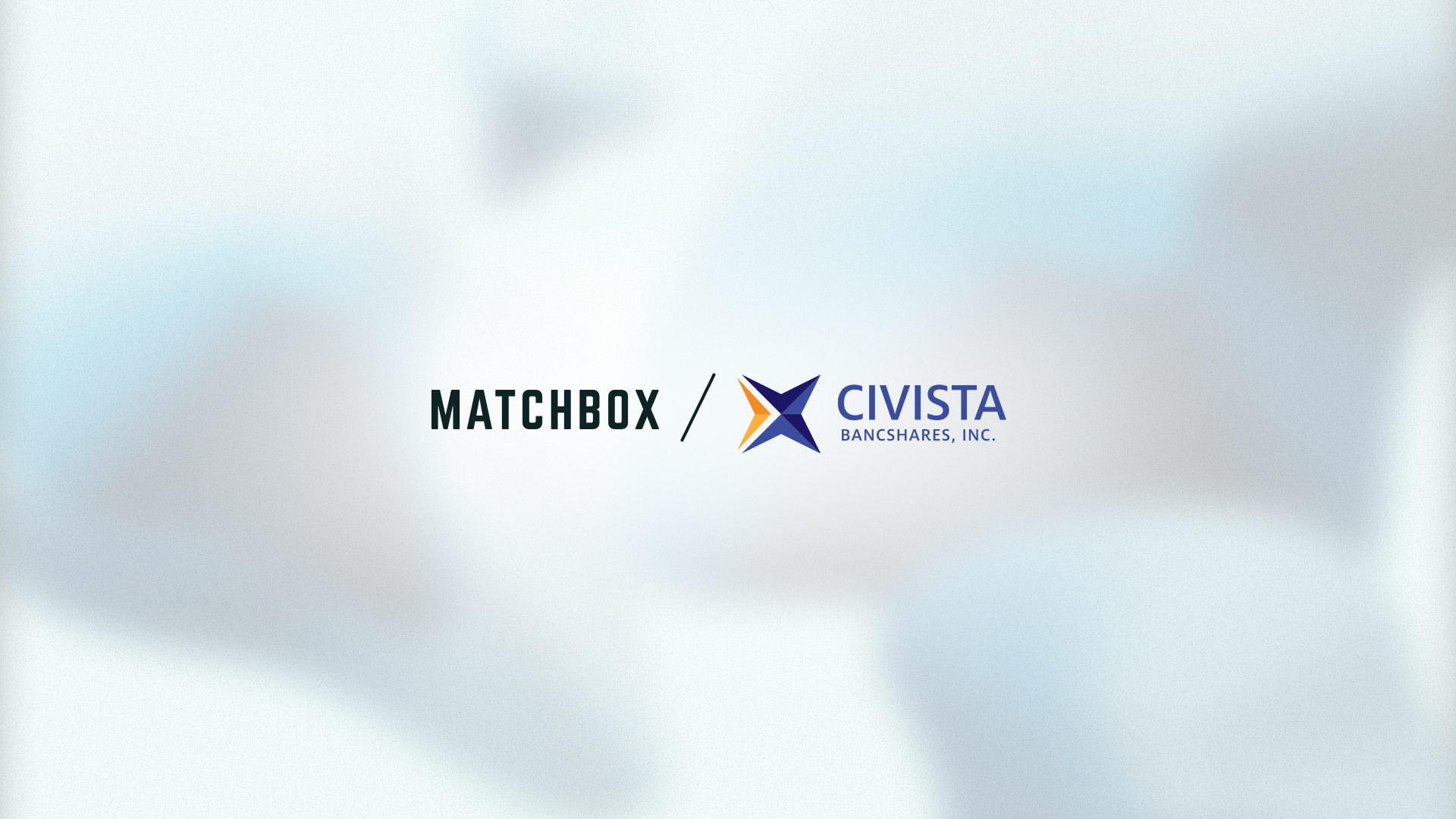Estimated reading time: 7 minutes
Today we are going to be discussing how to Build A Strong Global Brand and how translation can shape perception.
Language is a crucial tool for businesses that operate in a global market. By understanding the language and culture of their target audience, companies can create effective marketing campaigns, build relationships with customers, and establish a strong brand identity. As the world becomes more interconnected, businesses that can communicate effectively in multiple languages and adapt to different cultural contexts will have a significant advantage.
Stackla reported that 88% of consumers have confirmed that authenticity plays a crucial role in fostering brand loyalty. One of the fastest ways to connect with your international users is by speaking to them in their language.
Related Links
Want to learn how essential language is in developing and strengthening your brand’s standing internationally? Then keep on reading!
How Language Affects Branding
Brand language is an essential cog in the branding wheel. But what is it? And why is it important? According to Smart Capital Mind, brand language refers to the way a company describes its products or itself. When developing a brand language, the choice and tone of the words and phrases are taken into significant consideration. These help distinguish a brand from other competitors. This is crucial in building your brand’s reputation and image, especially if you plan to go global.

Using Your Market’s Language
One of the best ways to build up a brand’s image is by communicating in your target market’s language. For example, Coca-Cola’s successful marketing in China is due to promoting their business in the language of their target customers through colloquialisms and slang. Part of this is the manner and tone in which the marketing content is written. When Coca-Cola first launched in China, they didn’t realize that when they translated their brand name to “ke-kou-ke-la” it actually meant “bite the wax tadpole” in Chinese.
Learn About Brand Recognition
After realizing their mistake, they researched over 40,000 Chinese words that sounded close to their brand name. They later changed it to “ko-kou-ko-le,” which loosely means “happiness in the mouth” or “tasty fun.” This is an excellent example of adapting your brand by choosing the right words and tone in delivering the brand’s message to your target market.
How To Adapt Your Strategy To A Different Demographic
It has become easier for businesses to identify their target locale based on the data found online. This has led businesses to rebrand their identity to match different languages and cultures by transforming content in many ways. We listed them below:
- Translation — The process of converting text from one language to another and the most basic form of language adaptation. Some people prefer this process because the brand’s message stays intact despite being conveyed in a different language. There are downsides to translation in marketing, especially if the meaning of the brand’s message changes entirely or is at risk of being misinterpreted. This most often occurs when machine translation is used. This is why it is important to work with a translation professional. They can post-edit the output and ensure that the machine-generated content is accurate.
- Localization — This is the process of adapting content to a specific cultural context. This involves changing images, colors, and other cultural references to appeal to the target audience. The drawback of content localization is it requires extensive research on the cultural and linguistic nuances of the targeted market. For example, the symbolic nature of colors changes from one culture to the next, so marketers must master such intricacies in order to truly drive their message across. Localization can be based on pre-existing content, like websites and apps, and you can add more cultural and linguistic relevance to it to make it more relatable to your target users.
- Transcreation — This is the process of creating new content that captures the essence of the original message while adapting it to the target culture and language. It is often used in advertising and branding. The drawback is that it can be time-consuming and costly. Slogans are one example of transcreation.
Due to this, many companies work with translation professionals to ensure that the transformed content accurately conveys the message of the brand and facilitates establishing it internationally.
Four Language Experts’ Advice for Building A Global Brand
We spoke with some language experts who talked about their work with various companies to give us some advice and insights on brand language.
Market Research
One of the people we were fortunate to encounter is Kate Banaag, the Demand Generation Manager of Tomedes, a translation services company that works with thousands of brands worldwide. She shared some advice for those who are just starting to expand their brand and establish their international identity.
“Do your research and then develop a localized marketing strategy. For a successful brand expansion in foreign markets, you will need to carry out research on the target market to understand their culture, language, customs, laws, and regulations,” Kate explained. “This will help you tailor your brand’s products and services to cater to the needs of the target market, like translating marketing materials and setting up a website or online platform in the local language.”
Kate is not the only one who emphasizes the importance of preparing for a global market. Jonny Simpson from Work Bank, a marketing localization company, explained that having a purpose behind your brand’s expansion can save you money and time. It’s also about taking a bold approach and practice.

“With the tone of voice, you get out what you put in. Low-effort guidelines could yield poor results that are at best a professional writing guide, at worst something quite bland. A greater investment upfront combined with ongoing training, local adaptation, and measurement will add value and help you achieve your brand goals,” Jonny stated.
Machine Learning
Summa Lingua Technologies, a language, and technology-enabled solutions company explained that AI is “reshaping the world in limitless ways.” They revealed how machine translation can be used to enhance the multilingual content creation process. Automation is continuously changing the digital world and, as such, we should take advantage of it to create more content. Because localization can be labor intensive, using AI can lower costs and make the process more efficient overall.
However, they stated that a limit must be drawn. “For quality assurance reasons, […], humans still review the AI-generated content. But with the help of data solutions, fewer human corrections are needed over time.”
Personality
Lionbridge, an AI-driven localization company, stated that what makes a strong brand voice is a “memorable personality trait.” They explained, “Just like strong personalities help people to stand out from crowds, a distinct brand voice can set your company apart from the competition. When your company has a personality that stands out, customers are more likely to recognize it and choose you.”
Final Thoughts
Building a global brand requires a deep understanding of the intersection of language and brand identity. As businesses expand into new markets, it becomes increasingly important to consider how language and culture shape the perception of the brand. By working with translation services, companies can effectively adapt their branding to different languages and cultures. Hopefully, the insights and advice provided by the language experts in this article will be helpful as you develop your brand name and take the following steps in your business planning.
Contact Matchbox Design Group today to start a new project or to ask us marketing questions about how to Build A Strong Global Brand or anything else. You can use the contact form below or call us today.
Contact Matchbox Design Group Today!
If your website could use a refresh, if you’re looking to drive more traffic to your site, or you would like to submit a guest post, fill out the form below and we’ll contact you to learn more about your digital needs.



